The ancient city of Petra, Jordan's crown jewel of archaeology and tourism, has long captivated visitors with its rose-red cliffs and intricate rock-cut architecture. In recent years, however, a new attraction has emerged—the Petra by Night light show. While this spectacle draws thousands of visitors eager to see the Treasury illuminated by candlelight, archaeologists and conservationists are growing increasingly concerned about its potential impact on the fragile sandstone structures.
Every Monday, Wednesday, and Thursday evening, the Siq—the narrow gorge leading to Petra's most famous monument—is lined with over 1,500 candles, casting an ethereal glow on the ancient Nabataean city. The event, marketed as a "magical" experience, has become a significant revenue generator for Jordan's tourism industry. Yet beneath the romantic flicker of candlelight lies a complex debate about balancing cultural preservation with economic necessity.
The primary concern revolves around the cumulative effects of moisture and heat from the candles. While a single candle might seem insignificant, the collective output of hundreds burning simultaneously creates microclimates within the narrow Siq. Petra's sandstone is particularly susceptible to thermal stress and salt crystallization—processes accelerated by repeated heating and cooling cycles. Over time, these forces can lead to surface flaking, granular disintegration, and ultimately, the loss of intricate carvings that have survived for millennia.
Another often-overlooked factor is the human impact during these nighttime events. The concentration of visitors—sometimes exceeding 500 people per session—in confined archaeological spaces raises concerns about physical wear. Unlike daytime visits where crowds disperse across the vast site, nighttime attendees all follow the same candlelit path, creating predictable erosion patterns. The constant brushing of clothing against walls, accidental touches, and even the exhalation of moisture from hundreds of breathing visitors contributes to gradual degradation.
Light pollution presents a more subtle but equally troubling issue. The artificial illumination alters the natural light cycles that the stone structures have adapted to over centuries. Recent studies on other heritage sites have shown that prolonged exposure to artificial light can affect the microbial communities living on stone surfaces—some of which actually play protective roles in slowing erosion. The spectral composition of candlelight, rich in warm wavelengths, may interact differently with Petra's mineral composition compared to natural sunlight.
Conservationists point to concerning precedents. At France's Lascaux caves, human breath and artificial lighting led to such severe algae growth that the caves were permanently closed to the public. While Petra's open-air environment differs, the principle remains: even well-intentioned human interaction with ancient sites carries inherent risks. The Nabataeans built Petra to withstand desert conditions, not the concentrated pressures of modern mass tourism.
The Jordanian Department of Antiquities maintains that strict protocols are followed during the light shows. Candles are placed in designated areas away from direct contact with monuments, and visitor numbers are controlled. However, independent researchers argue that existing conservation science hasn't adequately studied the long-term, low-intensity effects of such events. Most preservation standards were developed for daytime visitation patterns, leaving nighttime activities in a regulatory gray area.
Economic pressures complicate the equation. Tourism accounts for nearly 20% of Jordan's GDP, with Petra being its star attraction. After significant drops in visitor numbers during regional instability periods, the light show was introduced as a way to boost nighttime economies in nearby communities. Local vendors, guides, and hoteliers now depend on this income stream. Any restriction on the events would require alternative revenue solutions to avoid harming livelihoods.
Some experts propose technological compromises—replacing real candles with LED alternatives that mimic flickering flames without emitting heat or moisture. Others suggest limiting the frequency of events or rotating the illuminated areas to distribute wear. However, such solutions face resistance from traditionalists who argue the authenticity of real candlelight is central to the experience's appeal.
The debate over Petra's light show reflects a larger tension in heritage management worldwide. As ancient sites increasingly employ spectacular displays to attract visitors and funding, the line between conservation and commercialization blurs. Petra's case is particularly poignant because the damage, if it occurs, would be incremental and largely invisible until reaching a critical threshold.
What makes this situation uniquely challenging is that the risks aren't dramatic collapses or sudden vandalism, but rather the slow accumulation of micro-damage that might take decades to manifest visibly. By then, corrective measures could come too late for some of Petra's delicate reliefs and inscriptions. The very subtlety of the threat makes it harder to generate urgent action compared to more visible heritage emergencies.
As research continues, one thing becomes clear: decisions about Petra's nighttime illumination can't be based solely on tourism statistics or immediate economic benefits. They require long-term scientific monitoring and a willingness to adapt practices as new evidence emerges. The flickering candles may create beautiful photographs today, but the true test will be whether Petra's wonders remain equally vibrant for generations who haven't yet been born to see them.

By Jessica Lee/Apr 7, 2025

By Emily Johnson/Apr 7, 2025

By Jessica Lee/Apr 7, 2025
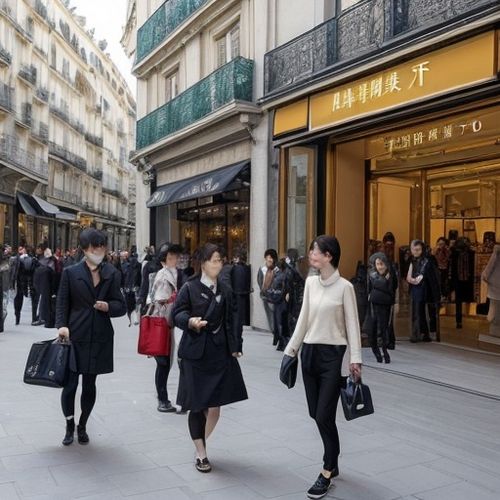
By Joshua Howard/Apr 7, 2025

By Amanda Phillips/Apr 7, 2025
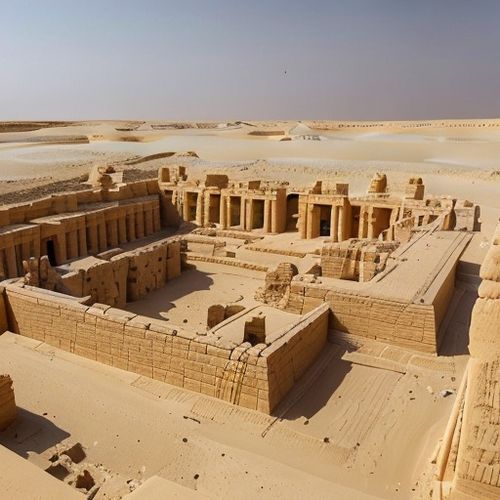
By Sophia Lewis/Apr 7, 2025
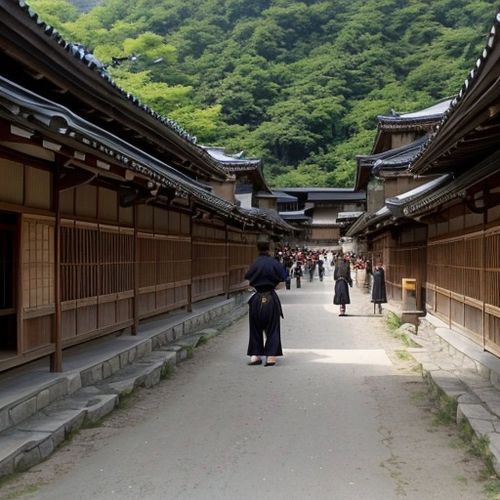
By Samuel Cooper/Apr 7, 2025

By Michael Brown/Apr 7, 2025
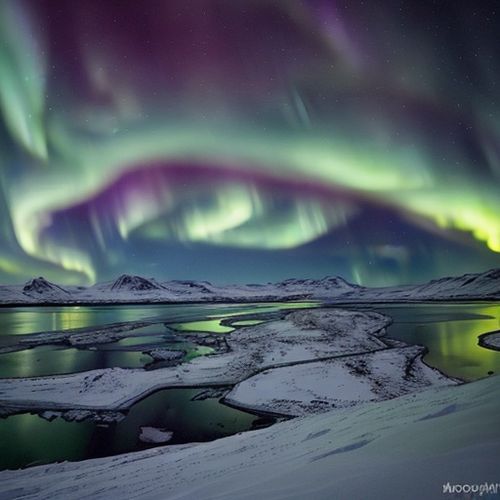
By Elizabeth Taylor/Apr 7, 2025
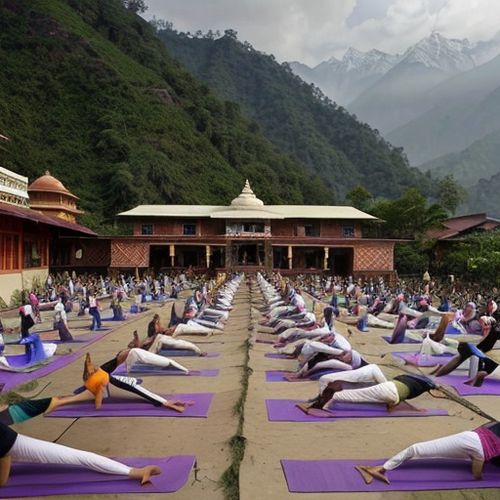
By Sarah Davis/Apr 7, 2025

By Daniel Scott/Apr 7, 2025
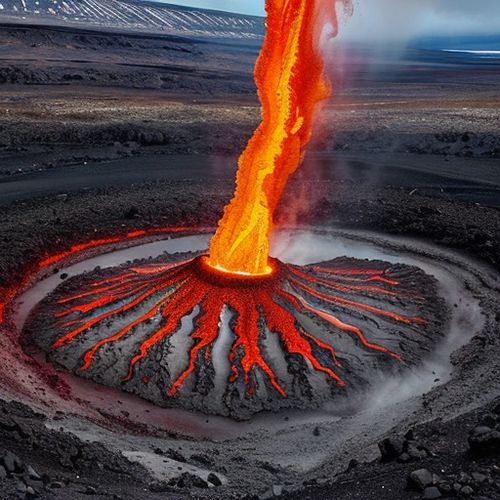
By Grace Cox/Apr 7, 2025
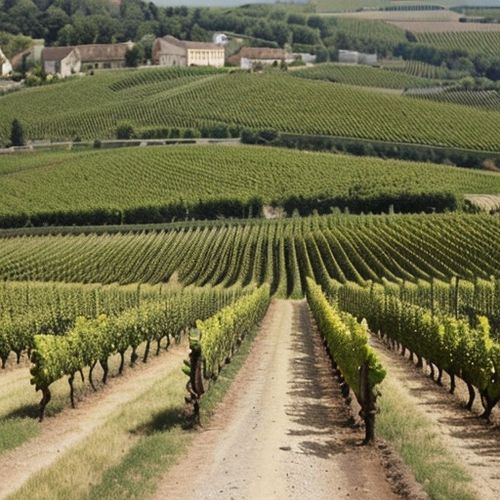
By Grace Cox/Apr 7, 2025
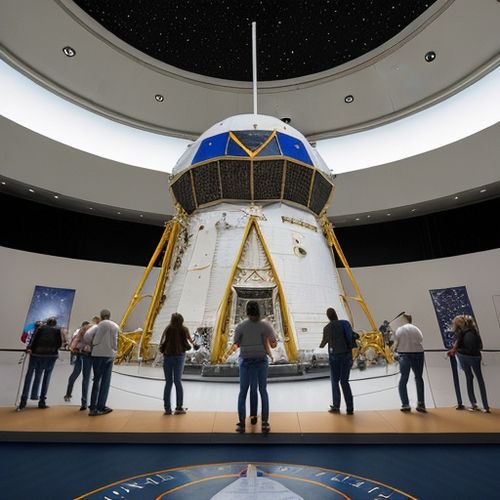
By Ryan Martin/Apr 7, 2025

By Christopher Harris/Apr 7, 2025
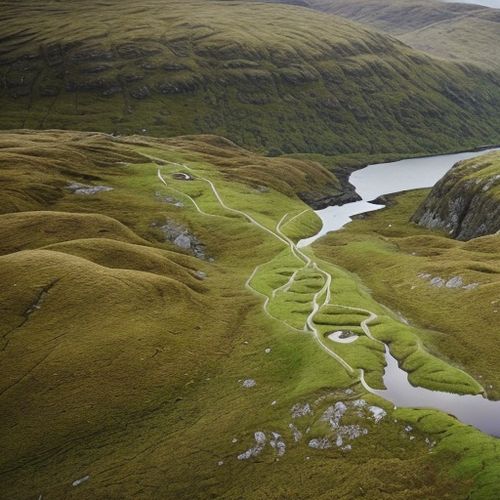
By Lily Simpson/Apr 7, 2025
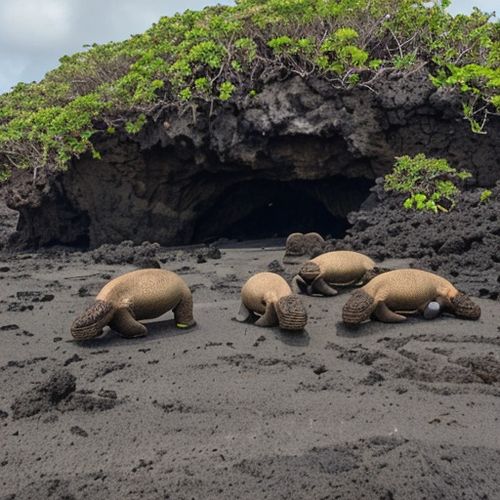
By Elizabeth Taylor/Apr 7, 2025
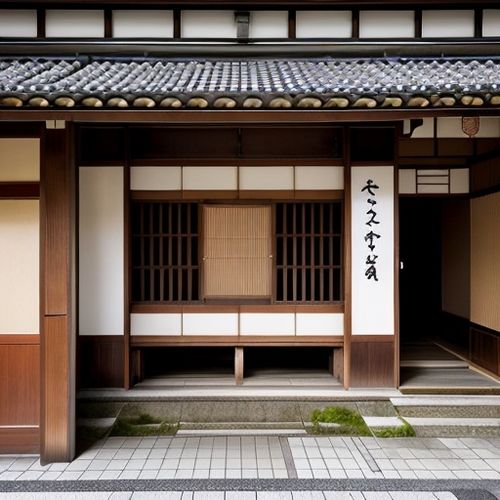
By Christopher Harris/Apr 7, 2025

By Noah Bell/Apr 7, 2025
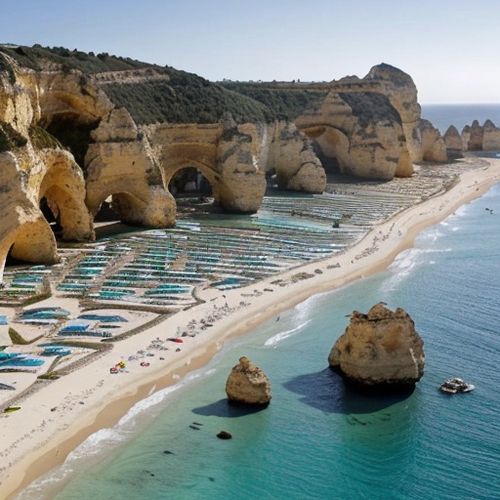
By Thomas Roberts/Apr 7, 2025